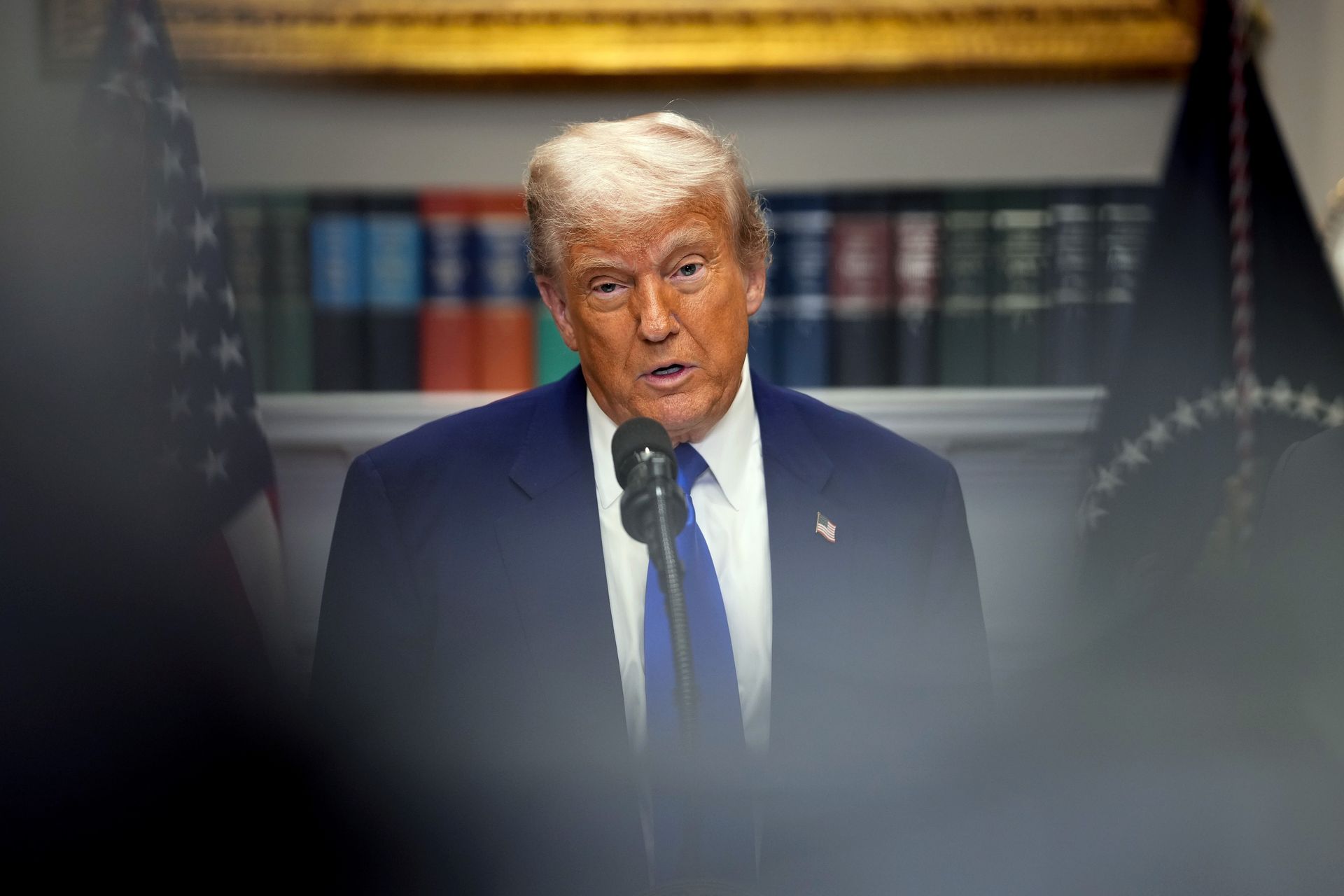John Williams, the president of the Federal Reserve Bank of New York, acknowledged a deterioration in business and consumer sentiment due to uncertainty tied to trade and fiscal policies — although this has not yet shown up in the “hard data.” As a result, he expects the U.S. economy to slow this year.
According to Williams, the first quarter of 2025 was “unusual” due to “enormous movements related to trade,” as consumers and businesses ramped up imports in anticipation of higher tariffs.
“But if you read through all of that noise in the first quarter, what we’re still seeing is very good underlying growth in the economy. When you look at Q1 and the data through April, it’s very encouraging,” Williams said during the Mortgage Bankers Association (MBA)’s Secondary and Capital Markets Conference in New York City on Monday.
“The big question is, what’s going to happen next? The key word for the economy is ‘uncertainty.’ There’s uncertainty about trade policy, about geopolitical events, about fiscal policy — and that’s all playing through concerns by businesspeople, households and, obviously, markets.”
In widely expected decision on May 7, the Federal Reserve kept benchmark interest rates steady at a range of 4.25% to 4.5% following its two-day meeting.
According to Williams, business surveys have shifted “from a position of optimism to concerns — especially around tariffs.” Meanwhile, household confidence has declined based on the New York Fed’s survey, with greater worries about unemployment.
To pull back on interest rates, however, monetary policymakers need to see that sentiment reflected in hard data, which may take time. Many business leaders and households are currently in “wait-and-see mode,” Williams added.
But he ruled out a recession for 2025. “My view is the economy is likely to slow this year relative to last year’s growth, but not anything worse than that.”
On the current state of the U.S. economy, Williams said the labor market remains strong with the unemployment rate at 4.2%, “pretty close to what most economists consider full employment.”
Meanwhile, inflation continues to ease “slowly, gradually,” remaining slightly above the Fed’s 2% long-run goal. Williams also noted that delinquency rates for credit cards and auto loans are returning to “more normal levels” following the expiration of COVID-era stimulus programs.
The mortgage space
In the current environment, Williams said the Fed will continue to reduce its mortgage-backed securities (MBS) holdings “in a predictable, gradual manner that markets can absorb.”
“For over two years, we have been shrinking our balance sheet,” Williams said, adding that the Fed still has “a way to go” and will allow the MBS portfolio to decline organically. So far, the Fed has reduced its MBS holdings by $15 billion to $20 billion per month.
Regarding recent volatility in the Treasurys market — partly driven by tariffs — Williams noted that many international investors are “heavily invested in U.S. assets.” He emphasized that the U.S. economy remains dynamic and attractive, saying that “a lot of global investors continue to view the United States as a great place to invest, including in Treasurys, MBS and other fixed-income assets.”
But he also acknowledged that some investors are reassessing their strategies amid policy uncertainty.
“What I’m seeing is a broader picture of people thinking about the volatility in these markets and where they want to invest,” as they absorb news about fiscal policies and the ongoing trade war.
In the housing market, Williams said there’s a “huge imbalance between supply and demand” that’s driving affordability challenges.
“A lot of these issues are actually more at the state and local level,” he said, adding that officials need to find ways to “constructively create more space for housing supply, because I believe the demand is clearly there.”
.png)
 German (DE)
German (DE)  English (US)
English (US)  Spanish (ES)
Spanish (ES)  French (FR)
French (FR)  Hindi (IN)
Hindi (IN)  Italian (IT)
Italian (IT)  Russian (RU)
Russian (RU) 








Comments